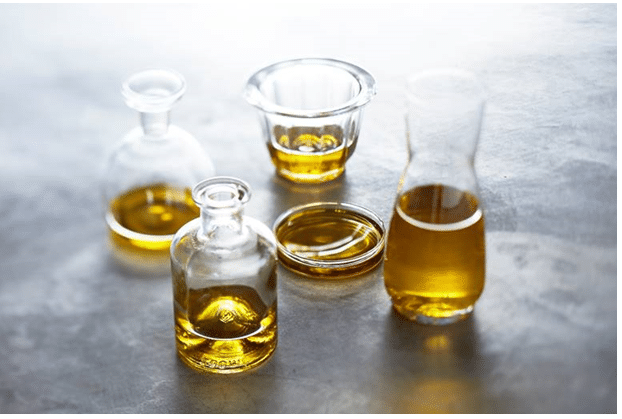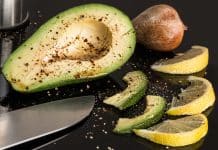Estimated reading time: 3 minutes
Thinking that “olive oil is just olive oil” would be like saying that “wine is just wine”. However, there are important factors to consider in order to make informed decisions about what to buy and how to enjoy olive oil.
Extra virgin olive oil is the highest grade and most expensive virgin olive oil. It is derived by mechanical cold extraction at -30°C without the use of solvents or refining methods. As a result, this oil is free of any defects and rich in positive attributes, such as fruity, bitter, pungent and peppery. Fruity refers to the flavours and aromas of correctly harvested and processed fresh, healthy olives.
Kleinsbergskloof olyfboerdery: lesse uit ontwikkeling.
Extra virgin olive oil can be categorised according to three styles: intense, medium and delicate. The style of oil is primarily influenced by the specific cultivar or blend of cultivars used and the maturity of the fruit. Furthermore, it is influenced by the area of origin, terroir and seasonal climate conditions. Of the more than 200 olive cultivars grown worldwide, around 20 are used for olive oil production in South Africa.
The more well-known cultivars used for extra virgin olive oil production in South Africa are:
- Leccino – produces an oil with soft, subtle herbaceous flavours.
- Frantoio – a typical Tuscan varietal with strong, green overtones.
- Coratina – can produce a somewhat bitter oil.
- Favolosa – produces an intensely fruity oil.
- Mission – a table olive that can produce smooth, delicate fruity oils, often contributing to roundness in a blend.
Many producers choose to blend different cultivars and batches to maintain a more consistent product every year. Others offer separate varietals which display differing characteristics with each harvest.
What extra virgin olive oil is not
It is important to note that extra virgin olive oil should not be confused with the following:
- Virgin olive oil: A natural, unrefined but lower quality olive oil. It is not as tasty or as healthy as extra virgin olive oil.
- Olive oil/pure olive oil/light olive oil: Refined olive oils occasionally blended with a minimal amount of extra virgin olive oil. These oils look the part and cost less but are not as good for you.
- Olive pomace oil: Extracted from the pulp left over from the first press using solvents and is not fit for human consumption unless refined and blended.
- Lampante oil: The lowest grade of olive oil that is not fit for human consumption. The name originates from its use as fuel for lamps.
Always look out for the South African Olive commitment to compliance (CTC) seal on a bottle of extra virgin olive oil. This seal of confidence guarantees that the producer is committed to compliance in quality olive oil production. It confirms that the oil is 100% locally produced and is authentic. – SA Olive
For more information, visit the SA Olive website and follow them on Instagram and
Facebook.








